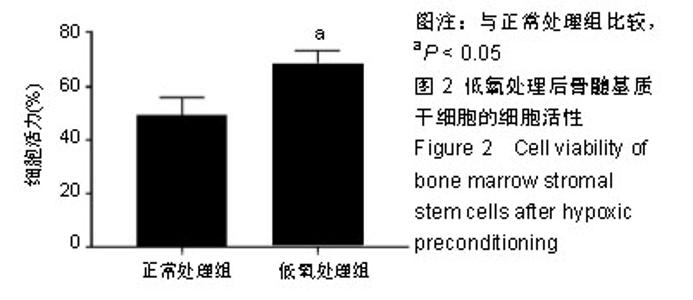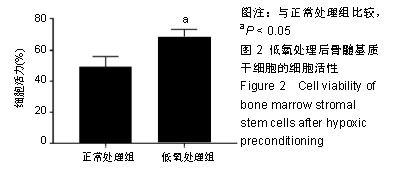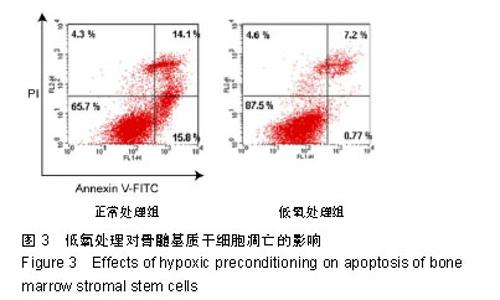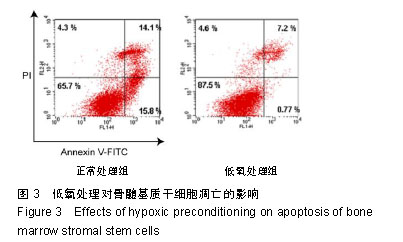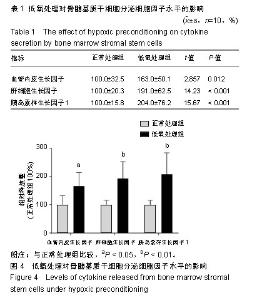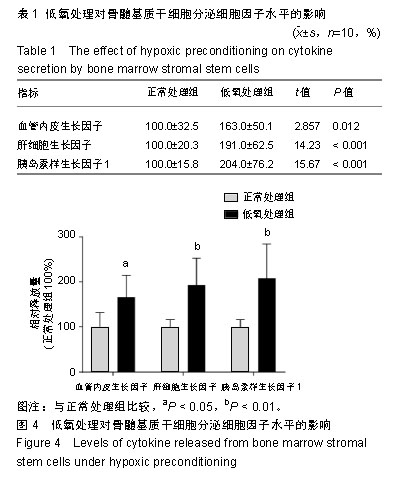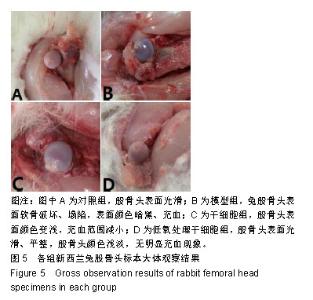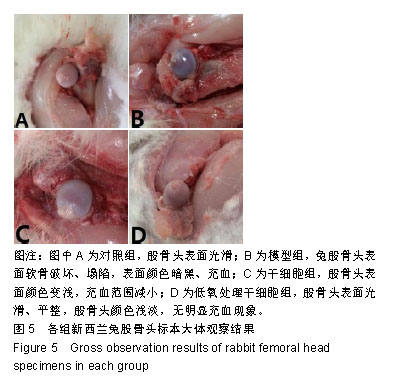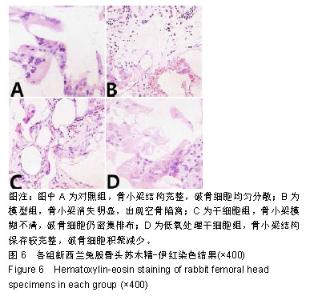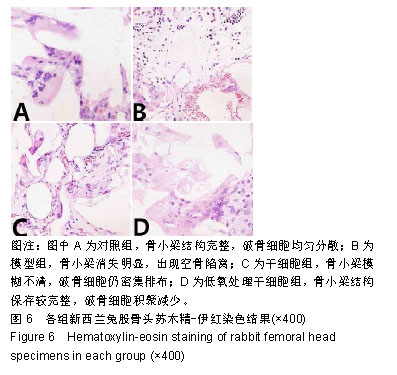| [1]阮世强,邓江,鄢陵.聚乳酸/聚羟基乙酸共聚物支架复合骨形态发生蛋白2基因增强的脂肪干细胞促进软骨缺损修复[J].中国组织工程研究,2018, 22(6):840-845. [2]农峰,唐毓金,赵凯丽.激素性股骨头坏死与相关单核苷酸基因多态性关系的研究进展[J].中华实用诊断与治疗杂志, 2017,31(7):722-725. [3]刘耀升,刘蜀彬.早中期股骨头坏死保留关节的手术治疗进展[J].中华损伤与修复杂志(电子版), 2012,7(5):528-531.[4]张思迪.回顾性研究骨瓣移植联合多孔钽棒治疗激素性股骨头坏死的疗效[D].大连:大连医科大学,2018. [5]叶钧联,梁发树,冯骥.细针钻孔减压术治疗早期股骨头坏死[J].中国骨科临床与基础研究杂志,2015,7(4):225-229. [6]李霏霰,吴齐英,李新志,等.髓心减压术联合自体骨髓干细胞移植治疗老年缺血性股骨头坏死的疗效[J].中国老年学杂志, 2016, 36(22):5671-5672. [7]Padegimas EM, Osei DA. Evaluation and treatment of osteoporotic distal radius fracture in the elderly patient. Curr Rev Musculoskelet Med. 2013;6(2):205.[8]Kubo T, Ueshima K, Saito M, et al. Clinical and basic research on steroid-induced osteonecrosis of the femoral head in Japan. J Orthop Sci. 2016;21(4):407-413.[9]张晓晶,李盛龙,王喆. Pannexin1通道蛋白对微张力刺激下骨髓间质干细胞成骨分化的影响[J].中华骨科杂志, 2017,37(1):44-51.[10]路博丞,冷向阳,张鹏程,等.鹿茸多肽联合GDNF基因修饰的雪旺细胞对人骨髓间质干细胞体外增殖的影响[J].吉林大学学报(医学版), 2017,43(6): 1125-1129.[11]孟丽,丁从珠,陆邦超,等.脐带间质干细胞对骨关节炎的治疗作用及机制研究[J]. 中华老年医学杂志, 2018, 37(1):79-83.[12]Croft AP, Przyborski SA. Mesenchymal stem cells expressing neural antigens instruct a neurogenic cell fate on neural stem cells. Exp Neurol. 2009;216(2):329-341.[13]Brazelton TR, Rossi FM, Keshet GI, et al. From marrow to brain: expression of neuronal phenotypes in adult mice. Science. 2000; 290(5497):1775-1779.[14]赵程锦,冯阳阳,周煌虎.髓芯减压植骨术结合富血小板血浆治疗股骨头缺血性坏死的疗效及术后并发症临床观察[J].中国临床研究,2017,30(7): 878-882.[15]Ando W, Yamamoto K, Koyama T, et al. Radiologic and Clinical Features of Misdiagnosed Idiopathic Osteonecrosis of the Femoral Head. Orthopedics.2017;40(1):e117-e123.[16]付强,闰世杰,王江泳,等.髓芯减压联合自体骨髓间充质干细胞治疗45例股骨头无菌性坏死的临床疗效分析[J].现代生物医学进展, 2013,13(25): 4925-4928.[17]Ouyang Q, Wu J, Jiang Z, et al. Microarray Expression Profile of Circular RNAs in Peripheral Blood Mononuclear Cells from Rheumatoid Arthritis Patients. Cell Physiol Biochem. 2017;42(2): 651-659.[18]Meena DK, Thalanki S, Sharma SB. Wrist fusion through centralisation of the ulna for recurrent giant cell tumour of the distal radius. J Orthop Surg (Hong Kong). 2016;24(1):84-87.[19]康少平,刘淑艳,李永升,等.低氧增强骨髓间充质干细胞增殖维持分化潜能[J].中国比较医学杂志, 2017, 27(7):70-74. [20]江树连,朱磊,李文华,等.破瘀通络法对激素性股骨头坏死BMP-2表达影响[J].中医药临床杂志, 2017,29(7):1042-1044.[21]冯志尉,李伟.PPARγ与激素性股骨头坏死的研究进展[J].西部医学, 2017, 29(7):1032-1036.[22]Thirkannad SM, Burgess RC. A technique for using the Ilizarov fixator for primary centralization in radial clubhand. Tech Hand Up Extrem Surg. 2008;12(2):71-78.[23]吕辉.活血生骨汤联合健骨生丸治疗中老年激素性股骨头坏死41例[J].中医研究,2017,30(5):32-34.[24]张龙,韦标方.激素性股骨头坏死发病机制的研究进展[J].风湿病与关节炎, 2018,7(3):73-76.[25]邓爽,彭昊.激素性股骨头坏死发生机制的新认识[J].中国医药导报,2017, 14(34):29-32.[26]Wall LB, Ezaki M, Oishi SN. Management of congenital radial longitudinal deficiency: controversies and current concepts. Plast Reconstr Surg. 2013;132(1):122-128.[27]赵德伟.激素性股骨头坏死的防治新主张[J].中华医学杂志, 2017,97(41): 3201-3203.[28]王继涛,阮红峰,付方达,等.改良型激素性股骨头坏死小鼠模型的建立与评价[J] 中国中医急症,2017,26(9):1525-1528.[29]郝一文.氧浓度对人骨髓造血干/祖细胞生物功能的影响[J].中国实验血液学杂志,2010,18(4):997-1001.[30]王天胜,滕寿发,张英霞,等.骨髓基质干细胞移植在激素性股骨头坏死治疗中的作用机制研究[J].临床和实验医学杂志, 2015, 14(1):10-12. [31]康少平,刘淑艳,李永升.激素性股骨头坏死患者骨髓间充质干细胞体外增殖分化能力的研究[J].中国细胞生物学学报, 2015, 37(11):1490-1496. [32]Seedorf G, Metoxen AJ, Rock R, et al. Hepatocyte growth factor as a downstream mediator of vascular endothelial growth factor-dependent preservation of growth in the developing lung. Am J Physiol Lung Cell Mol Physiol. 2016;310(11):L1098-1110.[33]Poudel SB, Bhattarai G, Kook SH, et al. Recombinant human IGF-1 produced by transgenic plant cell suspension culture enhances new bone formation in calvarial defects. Growth Horm IGF Res. 2017;36: 1-10.[34]任玉萍. 利用IGF-1基因敲除鼠乳腺癌模型研究IGF-1对血管生成的影响[J]. 中国普外基础与临床杂志,2008,15(11):820-824.[35]张倩,陈胜广,吴国亭,等. 阿卡波糖对糖耐量减低大鼠FFA、IGF-1及大血管的影响[J].同济大学学报(医学版), 2009,30(4): 32-35.[36]丁凡,陈文捷,汪国营,等.分泌IGF-1的间充质干细胞对肝脏缺血-再灌注损伤的保护作用作用[J].中华肝脏外科手术学电子杂志,2017,6(3):222-227.[37]Castilla-Cortázar I, Rodríguez De Ita J, Martín-Estal I, et al. Clinical and molecular diagnosis of a cartilage-hair hypoplasia with IGF-1 deficiency. Am J Med Genet A. 2017;173(2):537-540.[38]杨军,张传辉,李建军,等.动态压力联合胰岛素样生长因子1基因转染促进兔脂肪间充质干细胞低氧诱导因子1α的表达[J].中华医学杂志, 2010, 90(45):3220-3224.[39]吴兴净,张永涛,郭雄.miR-125a-3p和miR-17-5p在激素性股骨头坏死中的作用[J].西安交通大学学报(医学版), 2015,79(2):210-214. [40]李宁,刘鸣,刘宏建,等.节律基因BMAL1调控人软骨细胞胰岛素样生长因子1信号传导[J].中华实验外科杂志, 2018,35(2):292-296. |
